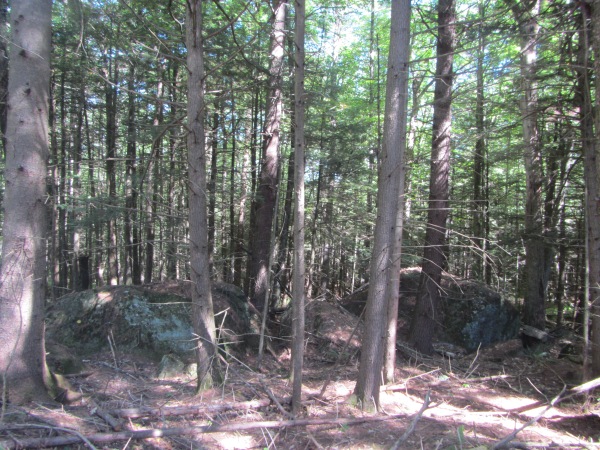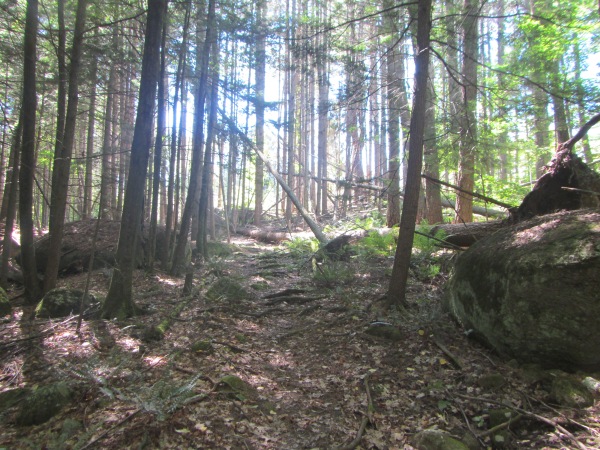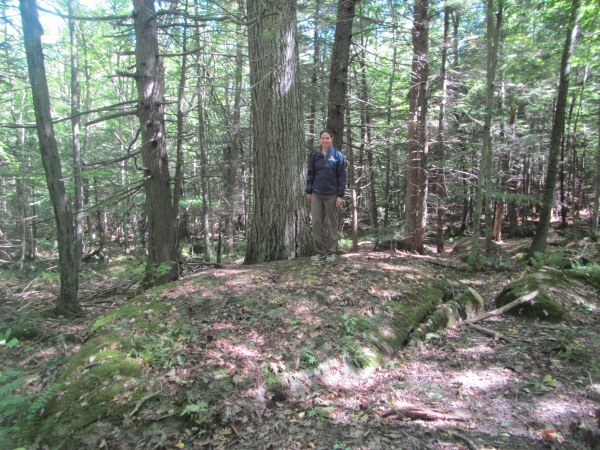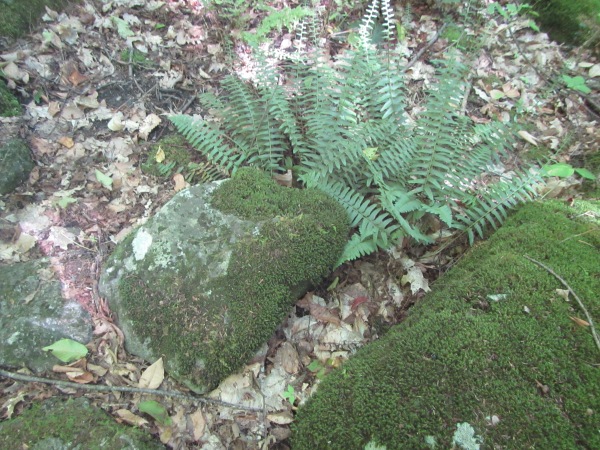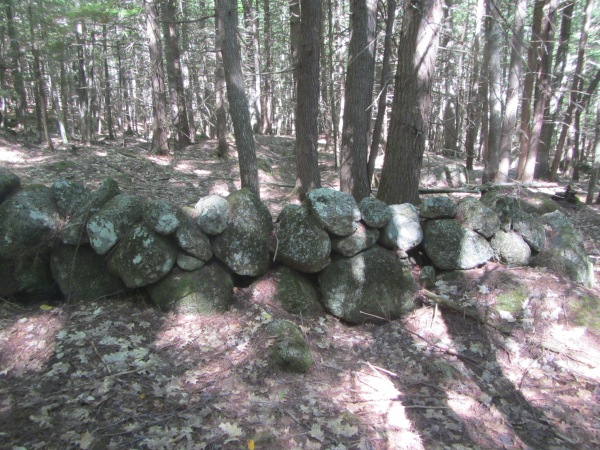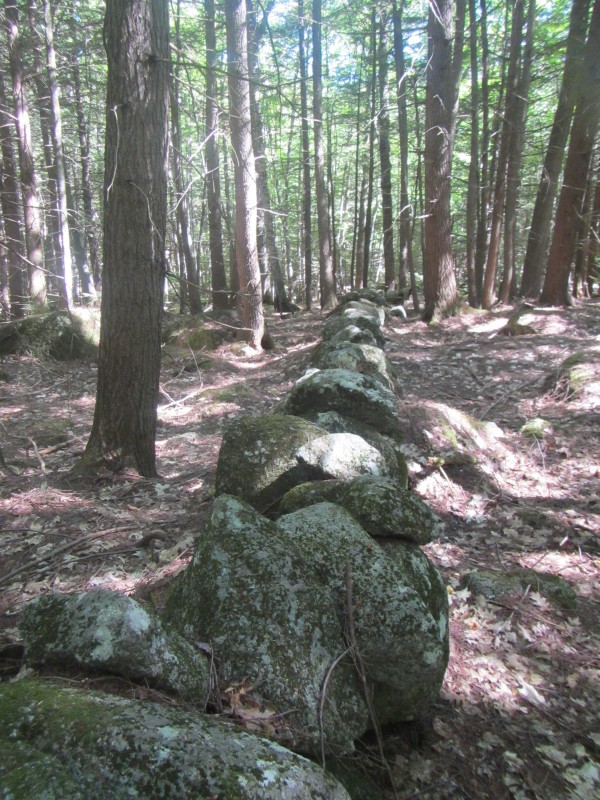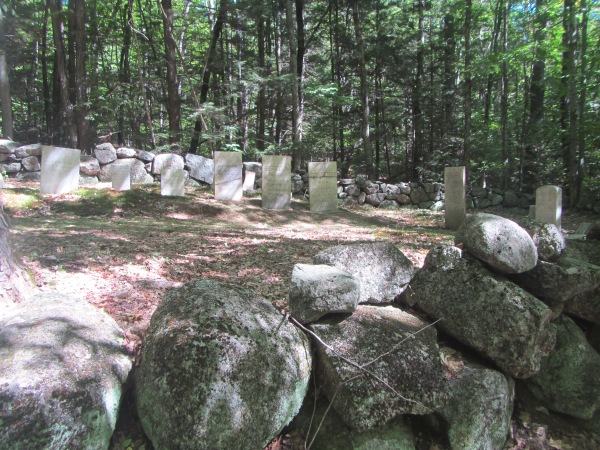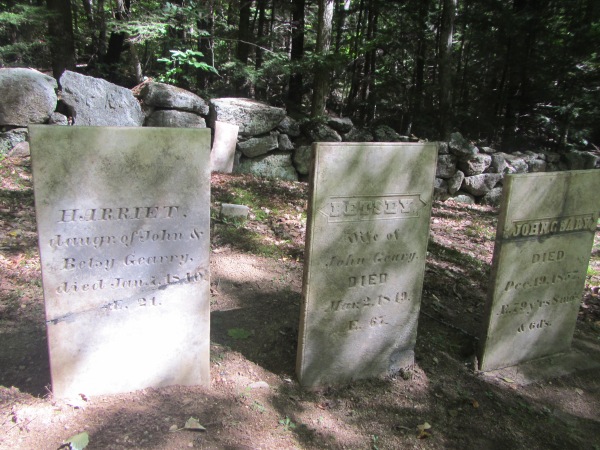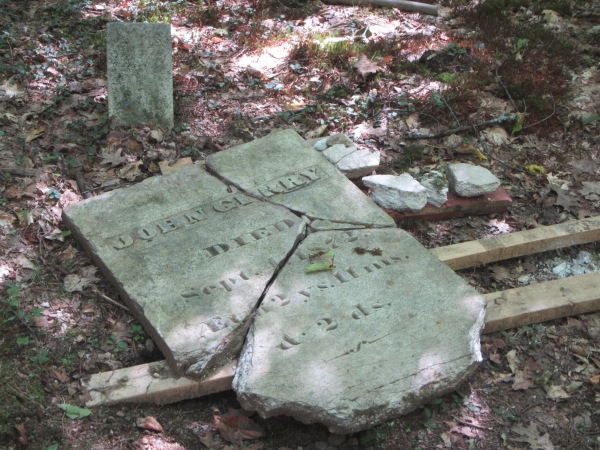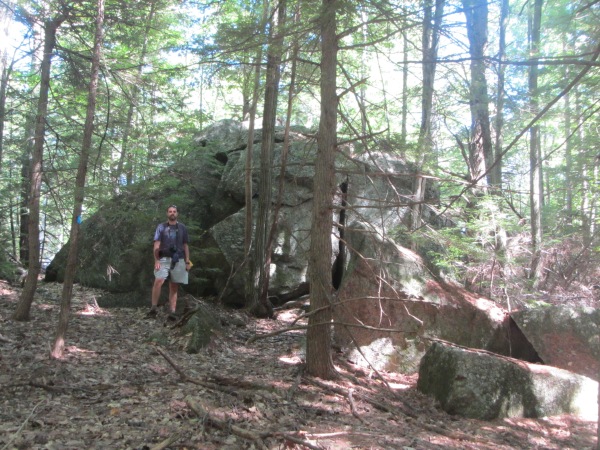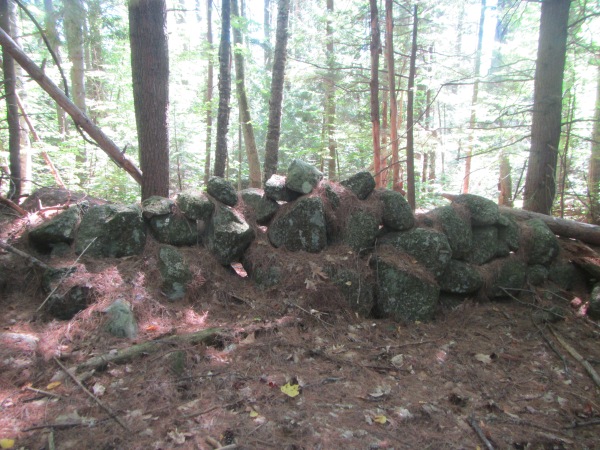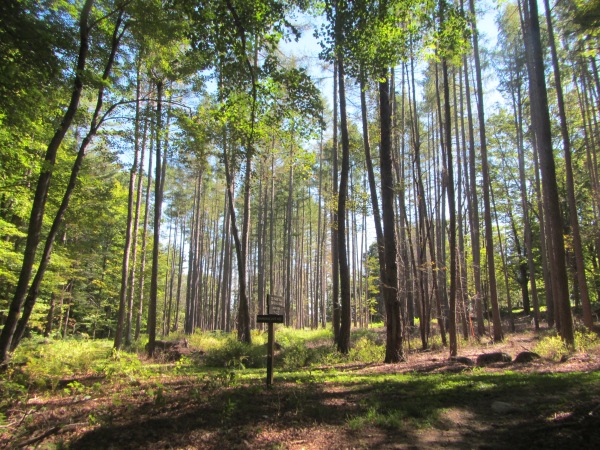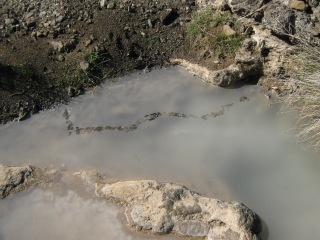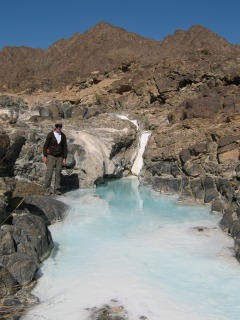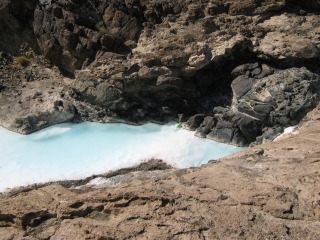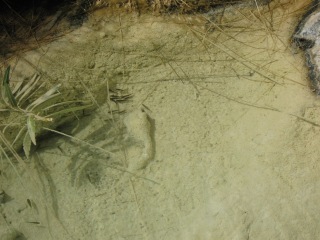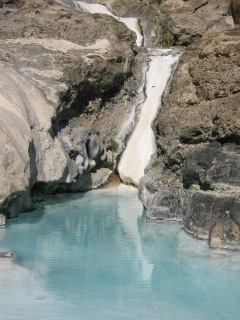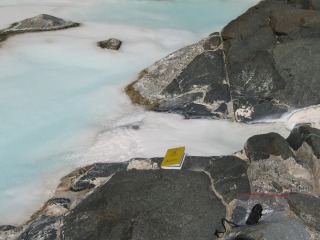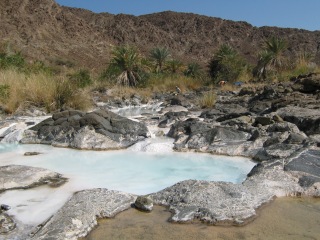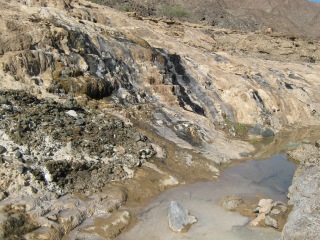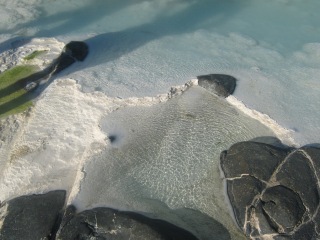
Back in early January I set some Climate Change New Year’s Resolutions. At the time, I had no idea that the COVID-19 pandemic would occur and that life, in many ways, would be radically changed. However, although COVID-19 has contributed to a global reduction in carbon emissions (relative to 2019), it is clear that there is still much work to do when it comes to making the sorts of emissions cuts required to prevent catastrophic climate change.
Here in Queensland, Australia, there is currently no community transmission of COVID-19 and life has largely returned to normal, with the exception of not being able to travel very much outside of the state, since the Australian international border is closed and many of the Australian state borders also remain closed.
This will be the first year, in many years (possibly since before I was in university?), that I have not had any international travel and the emissions associated with the flights. However, since July I have been traveling from Brisbane to rural Queensland regularly for geological field work, so I am still responsible for a substantial amount of airline emissions!
Anyway, let me reflect on how my Climate Change Resolutions have been going so far this year…
Offset All of My Airline Emissions:
To date, I’ve had ten domestic round-trip airline flights for work and two domestic round-trip airline flights (one Brisbane-Sydney and one Brisbane-Cairns) for personal travel. That is still quite a lot of travel! For the personal trips (mini vacations) I’ve already bought carbon offsets through the airlines. The airline offset programs are not perfect, but I always buy the offsets when I book my own flights. If nothing else, this indicates to the airlines that I care about the carbon footprints of my flights. For the work trips I will buy the offsets all at once at the end of the year. I anticipate having two more trips before the field season wraps up. Once my travel is complete, I’ll calculate the emissions and buy carbon offsets through Gold Standard. No doubt, I’ll buy some extra offsets — to cover any doubts I have about the quality of the airline offsets I bought for my personal travel, and also because contributing to quality carbon offset programs is a worthwhile way to spend some money.
I do wrestle with guilt over my airline travel emissions. My job requires frequent travel, and I’m reluctant to give up a job that I really enjoy. I also feel fortunate to have a well-paying, stable job at a time when many people, including many geologists, are losing work due to the financial impacts of COVID-19. I also enjoy exploring the world in a personal capacity. However, our vacations are by necessity going to have to be more local (within Australia) over the next couple of years, so that should cut down emissions a little.
There is a long way to go still with technology development, but I am really looking forward to the day when electric (or other low emission) airplanes are available.
Walk More:
Well, I certainly have been driving much less this year! Since March I’ve been working from home rather than going into the office in the city. Even though the pandemic is largely under control in Queensland, my team is still working from home when not in the field. When we do start returning to the office, I’ll take public transport (train or bus) to the office as much as possible, rather than drive.
Buy Less Stuff:
I have been reasonably good about this one, at least compared to my normal spending habits. With the exception of a couple of pairs of shoes, I’ve fulfilled my normal clothes shopping habit by purchasing a few secondhand items at charity shops, including the lovely dress and shirts in the above photo. Here in Australia the charity shops are full of wonderful secondhand items that deserve to have their use extended. I suppose it did help that for several months (March to June) I avoided going to the shops at all due to the pandemic. Nevertheless, in these days of online shopping it is still easy to purchase items and, with the stress of the pandemic, I have been tempted to indulge in a little retail therapy. I’ve managed to (mostly) channel this to a hobby of mine: collecting vintage children’s mystery series books, such as Nancy Drew books. I’ve been buying some secondhand books to complete parts of my collection. I’ve mostly bought these online, so there are emissions associated with transport of the books — but at least they aren’t new books.
With the holiday season approaching, I am giving some careful thought to how I will avoid unnecessary consumerism for Christmas presents. I did just send a small Christmas box to my immediate family in the USA. It is difficult for me not to see them this year (and probably not next year either), so I sent a few Australian-themed gift items to them. However, aside from these few trinkets I plan to sponsor an Australian zoo animal for my family members as the main gift this year. For other friends and family, I’ll give donations on their behalf — most likely to the World Wildlife Fund, which gives you the option to send a fun e-card announcing the donation.
Waste Less Food and Eat Less Meat:
I have been very good about not wasting food, and I have tried to eat more vegetarian food than usual. For example, I always order a vegetarian option when we order take-out once a week on Friday nights. At home we have also been successful at cooking more vegetarian meals and have added some great new dishes to our menu. I’m still looking for more vegetarian recipes, so feel free to leave one in a comment below!
I have been eating meat at my geology field camp — one dinner is cooked for the team, and I don’t want to create extra hassle. I do eat vegetarian dishes when they are available or when I’m making food for myself — for example, I’ll often make a vegetarian salad or sandwich for my lunch.
I’m happy with how this resolution is going. I guess I would describe myself as a Flexitarian. In future it may be possible for me to further reduce my meat and dairy consumption and avoid more emissions associated with these foods — but for now I am happy with the reduction that I have made.
Donate More to Climate Change and Environmental Charities:
On this front, I have continued with my monthly recurring donation to the National Center for Science Education, which does some fantastic work on climate change education. I’ve contributed a monthly donation to this organization ever since Trump was first elected in 2016, and I plan to continue with this donation for years to come.
This year, I’ve added monthly recurring donations to the World Wildlife Fund, the Australia Zoo Wildlife Warriors, and the Climate Council.
Due to my busy life working full-time, studying part-time, and being mom to a 3-year-old (not to mention life changes due to the pandemic!) I don’t have time for volunteer work in this space. But I can at least make these monthly donations — and organizations such as this can always use the steady funding that comes from monthly recurring donations.
Continue to Learn More About Climate Change:
I have been continuing with my part-time M.Sc. in Carbon Management at The University of Edinburgh. I completed two more courses, namely Carbon Measurement and Energy & Carbon. In September I started the final year of the degree. I am currently enrolled in a research methods course, then from January to June I will complete a mini thesis. And then I will obtain my third (and probably final) university degree.
In addition to my coursework, I read a powerful book on climate change titled The Weather Makers. This book by Tim Flannery was published in 2005. However, its message is still highly relevant — perhaps more so, since 15 years have passed and we have failed to make significant progress on the emissions reductions required to prevent catastrophic climate change.
Some days, I feel despondent about climate change and the massive technological and lifestyle changes that will be required to reduce emissions and make the difference that we need. Some days, I feel guilty about my privileged lifestyle that in some ways is environmentally conscious but in other ways is still highly wasteful. Honestly, I could survive on much less than what I do. That said, I also believe it is unfair to place all of the responsibility and guilt onto consumers — companies and governments also need to do much more to make it easy for consumers to buy more sustainable goods.
Most days, though, I feel proud that I am imperfectly — but slowly, surely — managing to reduce my carbon emissions and general environmental footprint on the planet. If millions more people were to also make such an effort to imperfectly reduce their footprints, the world would be a much better place. What have you done this year to reduce your carbon emissions?




